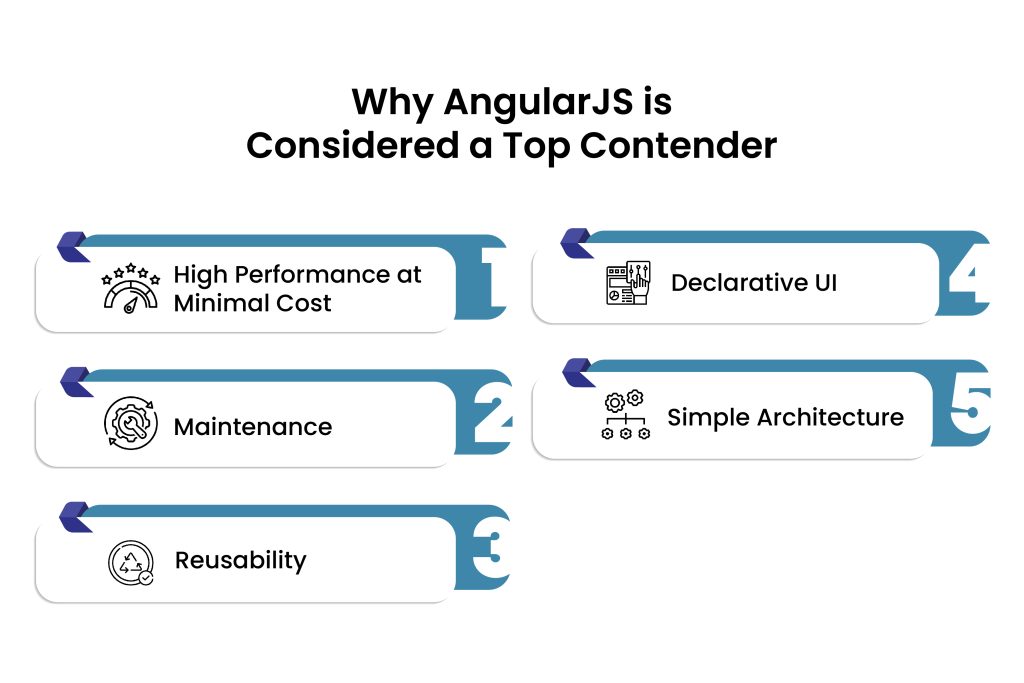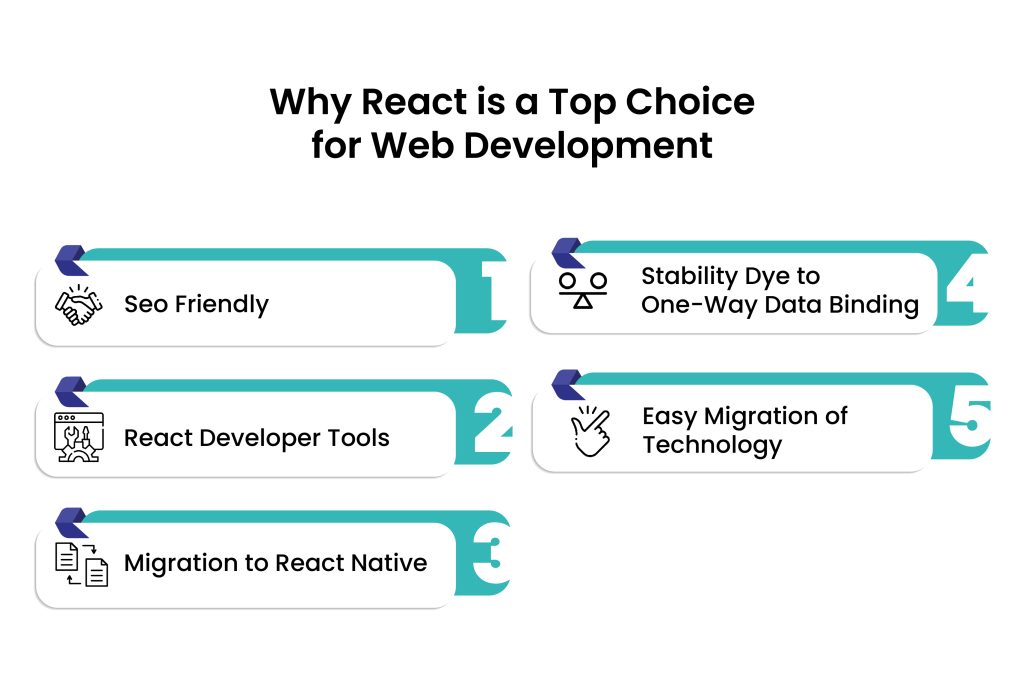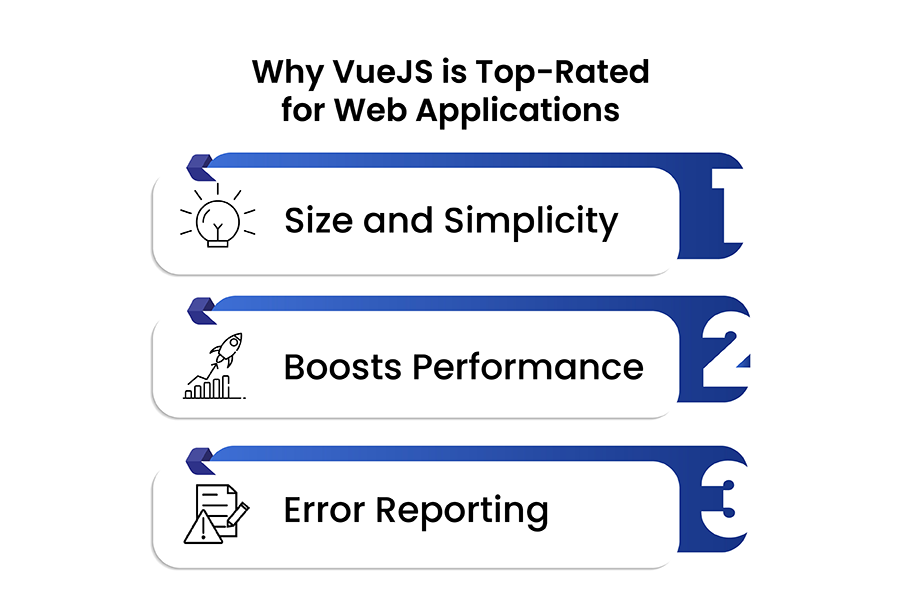When it comes to web development, especially front-end development, JavaScript is the only language dominating the web dev domain. If we take a closer look JS has 83 libraries and 24 frameworks, every framework and library is unique and offers different features. However, there is confusion about frameworks vs library React, angular, and vue are some of examples of frameworks and libraries.
In this blog, let’s discuss the introduction, library vs framework, and the difference between them.
What is a Library?
A library is a set of code written by different programmers that others can use in building their programs. The code reusability greatly improves the overall structure of the code and makes the entire process super fast and seamless.
Imagine building a house.
A house requires various components like bricks, windows, doors, and plumbing. Each of these items is pre-made to serve a particular purpose. When constructing the house, builders bring all these elements together—they don’t create each brick or window from scratch.
In the same way, programmers use frameworks and libraries to develop applications. Instead of coding every element from the ground up, they combine these ready-made tools and add a few customizations to fit the specific needs of the application.
What is Framework?
The framework is a piece of code that is there to perform a specific task. Using the framework, developers can add their own code to the framework and customize it accordingly. Frameworks promote code reusability, enable faster application development, and simplify program debugging.
Difference Between Framework and Libraries
The primary distinction between frameworks and libraries lies in control over the application. With a library, you maintain full control, integrating it as needed. In contrast, a framework controls the application’s flow, allowing you to add some custom code, but ultimately decides how and when your code is utilized.
Let’s discuss the most popular libraries and frameworks.
AngularJS

The best thing about angularJS is its frequent updates which you get every 6 months where the new version is built upon the older one. You can take the example of Angular 11, where Google has fixed all the bugs that were present in the previous build.
High Performance
Angular is a robust framework and offers all functionalities packed into its official library. Moreover, it comes from Google means you can trust its security features. Furthermore, web development requires fewer imports of third-party libraries which reduces the app development cost.
Maintenance
It’s a no-worry area of angular as it uses a simplified version of JavaScript which is Typescript.
In addition, Angular imports dependencies (external code repositories) to support testing, streamlining the entire process and making app testing much smoother.
Reusability
One key factor in AngularJS development that helps reduce both time and errors is its clean, consistent code. This code can be reused multiple times without causing any confusion.
Declarative UI
A key aspect of Angular is that the user interface is written in straightforward HTML, while functionality is implemented using JavaScript. This separation allows developers to focus on enhancing the UI with functionalities rather than managing complex program flows.
Simple Architecture
The streamlined architecture enables rapid app development without heavy, complex code, resulting in a lightweight website. This design makes websites built with AngularJS easy for users to navigate.
ReactJS

ReactJS is a library unlike angular and Vue, it’s an open-source javascript library and has been quite popular for developing interactive web and mobile apps since Meta launched it in 2013. As per reports, 42% of developers prefer React Native for building cross-platform applications.
SEO Friendly
These days, every business wants to become bigger and better with their online presence and the best way to do this is by implementing strong SEO on the website. React offers a clean and simple code that is easier to use and load. Moreover, page loading time plays a critical factor as google has said, the probability of a mobile site visitor bouncing increases by 123% if the page load time goes from 1 second to 10 seconds.
React Developer Tools
React Developer Tools is a Chrome and Firefox extension that proves useful for making quick UI adjustments and monitoring the application’s current state. For expert guidance with the DevTools extension, a ReactJS development team can help you fully leverage these tools with their specialized knowledge.
Migration to React Native
Whether you’re launching a new business or expanding an existing one, 2024 is the year to consider developing a mobile application if you haven’t done so already. React Native has emerged as one of the leading cross-platform mobile app development frameworks, thanks to the high performance of the apps created with it.
Additionally, the straightforward migration of components from React JS to React Native helps shorten the time-to-market. Developers only need to review the UI on mobile devices and make any necessary adjustments to enhance mobile-friendliness.
Stability due to one-way data binding
React JS applications are built using a collection of components, with functionalities passed from parent components to child components through arguments. This process is known as one-way data binding or unidirectional data flow.
This characteristic makes it easy to modify React apps, as any changes made in the child components do not affect the parent components. As a result, the code remains consistent even after updates and modifications.
Easy Migration of Technology
The world has evolved so much in the past decades as it is now even 10 years back and considering the rate at which it is moving, the web may seem an entirely different entity 10 years down the line.
Therefore, businesses should utilize tools and technologies that facilitate smooth migration to improved infrastructures. Since React JS is primarily a library, you can seamlessly integrate React code wherever needed, regardless of the underlying infrastructure, without impacting performance.
VueJS

As Vue is relatively new, not many businesses have explored Vue JS development, resulting in limited documentation of its pros and cons. However, it is known that Vue combines the advantages of both worlds: it offers two-way data binding similar to Angular and the flexibility of code found in React.
Because of these features, Vue is steadily gaining popularity and has a significant market presence in Asia, with major companies like Alibaba and Xiaomi utilizing Vue JS.
Simplicity and Size
Vue JS is the smallest framework with only 21KB so downloading, installing, and setting up takes less time. Even though the code in Vue is pretty simple and short, it can be executed in less than 10 lines. This allows time-efficient development of applications and templates.
Better Performance
The third party has run ISimulations which results in better performance than angular or react. This is because, unlike Angular, it has a virtual DOM, and the Vue DOM is lighter than the one React uses.
Error Reporting
Debugging in Vue occurs alongside the coding process, allowing developers to visualize the UI as they write their code. This feature makes it easier for all developers, including those with less experience, to debug their work effectively.
Conclusion
Frameworks and libraries are built for their purposes, you have to make sure whichever library or framework you are choosing should fulfil your requirements.








